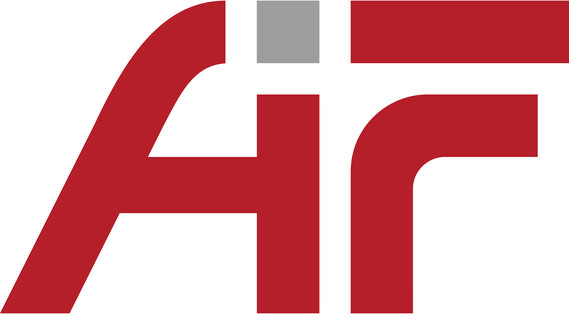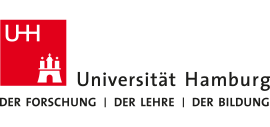Simulation of the dispersion of gaseous hazardous substances in an industrial environment
Research objective
The aim of the research project is to provide a software tool that is especially suited for the simulation of the dispersion of hazardous substances from complex industrial plants, which
(a) provides suitable, qualitatively assured wind fields with reasonable effort for dispersion calculation using a Lagrangian dispersion model according to VDI 3783/1 and
(b) enables dispersion calculations based on the solution of the mass transport equation (so-called Euler model).
The development of the software tool will be based on the free OpenFOAM code (GPL license). Thus, the project partners and the users of the new software will not have to pay any license fees, which for commercial software are in the five-digit Euro range. The reduction of the operating costs makes the use of modern software tools by SMEs possible in the first place. The currently available version of the framework OpenFOAM already provides various routines for the thermodynamic and hydromechanical simulation of gas propagation processes, which form the basis for a fast project entry and an efficient implementation of the planned development work.
Problem definition
Operators of installations handling hazardous substances must provide information on the effects of incidental substance releases as part of licensing procedures. This particularly affects operators of plants that fall within the scope of the Major Accidents Ordinance (approx. 3500), many of which are SMEs (approx. 1000 biogas plants alone). In order to determine appropriate safety distances within the meaning of the Major Accidents Ordinance or safety distances in accordance with TRBS 3146, a gas dispersion calculation must be carried out for release scenarios involving flammable and/or toxic gases. VDI Guideline 3783, Parts 1 and 2 are mainly used for this purpose. When calculating the dispersion of density-neutral or light gases (Part 1), obstacles that influence the dispersion, such as buildings or industrial plants, cannot be taken into account. For questions in the immediate vicinity of the source, e.g. with regard to the definition of hazardous areas, collection points and escape routes or also at the edge of an operating area (distance to objects of protection), this results in inaccurate statements which can lead to problems in approval procedures or to higher investment costs.
The propagation of heavy gas releases caused by incidents is usually estimated according to VDI 3783/2. For simplified, medium and unfavourable release scenarios, safety distances for reaching the lower ignition distance are given on the basis of systematic laboratory experiments in a boundary layer wind tunnel and dimensional analytical considerations. Here too, the greatly simplified release scenarios do not necessarily represent realistic conditions, and more reliable immission forecasts can help to increase the acceptance of hazardous substance-processing plants and facilities.
An improvement of the forecast quality is to be expected from the ongoing revision of VDI Guideline 3783 Part 1/2. It is planned to replace the Gaussian dispersion modelling by a more up-to-date Lagrangian dispersion model (AUSTAL). For the calculation of ambient air concentrations in complex terrain with buildings and other dispersion obstacles, AUSTAL requires a wind field which can be generated either with the diagnostic wind field model TALDIA or with suitable prognostic flow models (CFD - Computational Fluid Dynamics). However, the relatively simple model TALDIA has not yet been validated for the application in complex industrial buildings. On the other hand, commercially available CFD programs can only be used efficiently to a limited extent in connection with impact studies due to the license costs and the specific dispersion boundary conditions in the near-ground area of the atmospheric wind boundary layer which often cannot be implemented with sufficient accuracy in the model.
A reasonable alternative are meanwhile available, license-free OpenSource program packages such as OpenFOAM. These usually contain several solvers for flow computation and a multitude of turbulence models. This enables flow simulations that are optimally adapted to concrete problems to be realised, which in principle can also map transient inflow boundary conditions in the atmospheric wind boundary layer disturbed by obstacles. Realistic wind field calculations form the basis of a more reliable dispersion prognosis with Lagrangian and Eulerian dispersion models and contribute to a substantial reduction of safety margins and thus to a more realistic assessment of accident scenarios and an economically reasonable implementation of safe industrial plants.



